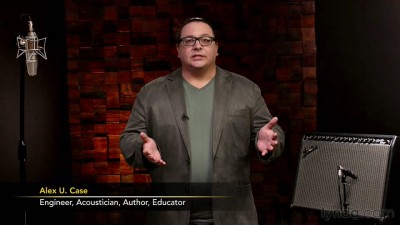 Foundations of Audio: Reverb Update (2014)
Foundations of Audio: Reverb Update (2014)This installment of Foundations of Audio explains one of the most essential ingredients in audio mixing, reverb—the time it takes for sound to bounce, echo, and decay during a live performance or recording. Reverb gives a natural richness to your recordings, which is possible to reproduce. Producer and audio engineer Alex U. Case covers the acoustic, mechanical, and digital means for creating reverb, and charts the parameters (room size, density, etc.) you’ll need to know to take advantage of the original recording space and enhance it in post. He then shows how to simulate reverb digitally with effects, adding timbre, texture, and contrast, and improve the sound of your mixes with a sense of space and depth. These techniques can be practiced with the free Get in the Mix sessions, currently available for Pro Tools and Logic Pro.
Topics include:
What is reverb?
Understanding how acoustic reverb works in rooms
Working with the signal flow, effects loops, and available CPU resources
Understanding core parameters, like reverb time and pre-delay
Simulating space
Creating nonlinear reverb
Building pre-delay effects
Using reverse reverb
Using convolution correctly
0. Introduction 9m 41s
Welcome 1m 58s
What you need to know before watching this course 2m 18s
Songs you should listen to while watching this course 2m 46s
Using the exercise files 55s
Using the Get in the Mix session files 1m 44s
1. Understanding Reverberation 6m 44s
What is reverb? 2m 35s
Why do we use reverb? 4m 9s
2. Technologies for Creating Reverb 24m 33s
Capturing reverb acoustically through room tracks 5m 33s
Creating reverb acoustically through a reverb chamber 2m 51s
Creating reverb mechanically using springs and plates 5m 8s
Creating reverb digitally via algorithms and convolution 4m 51s
Optimizing signal flow, effects loops, and CPU resources 6m 10s
3. Key Parameters and Reference Values 39m 10s
The anatomy of reverberation 3m 8s
Mastering reverb time, predelay, and wet/dry mix parameters 5m 36s
Understanding the frequency dependence of reverberation 4m 56s
Tapping into advanced parameters such as diffusion, density, and more 4m 37s
Reference values from the best orchestra halls 5m 40s
Hearing beyond the basic parameters 5m 31s
Touring the interfaces for six reverb plugins 9m 42s
4. Reverb Techniques 1h 32m
Choosing the right reverb for each of your tracks 2m 17s
Simulating space with reverb 5m 42s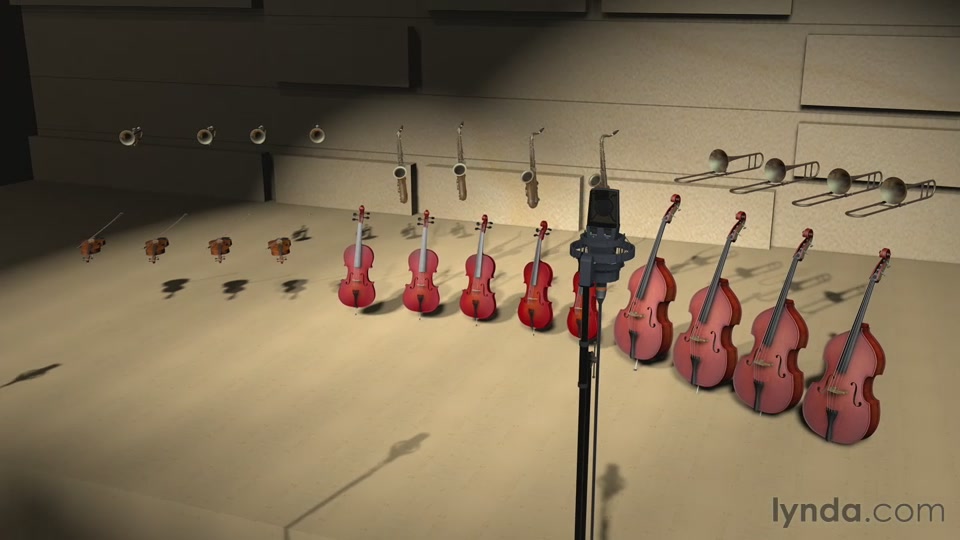
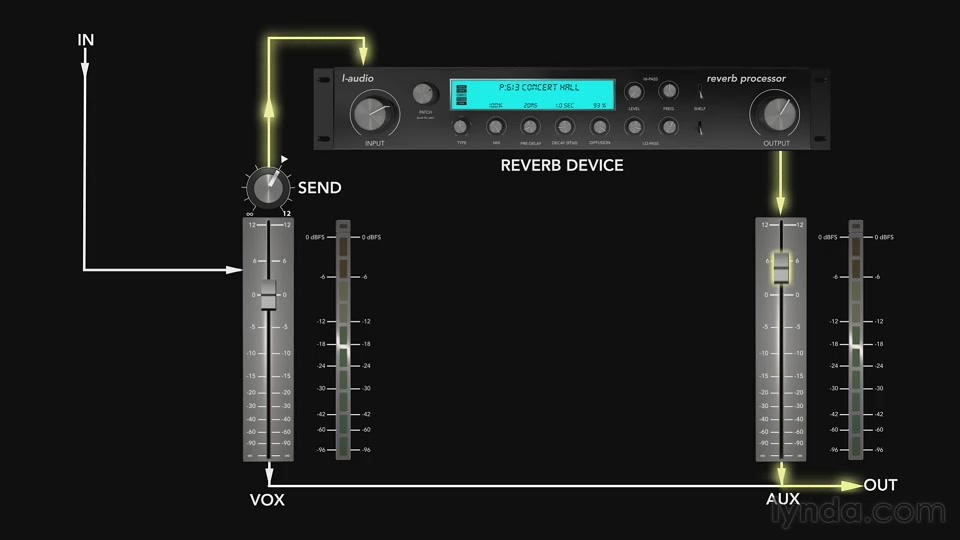
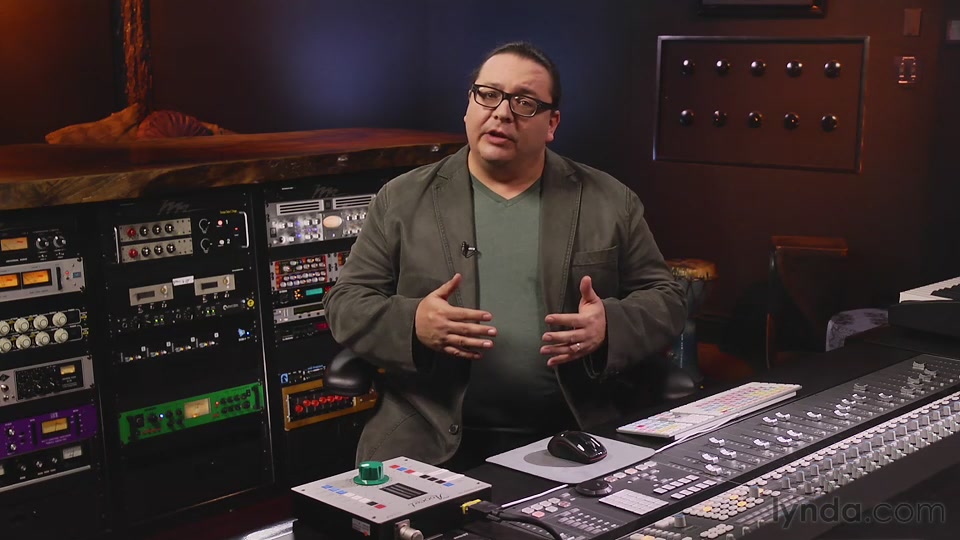
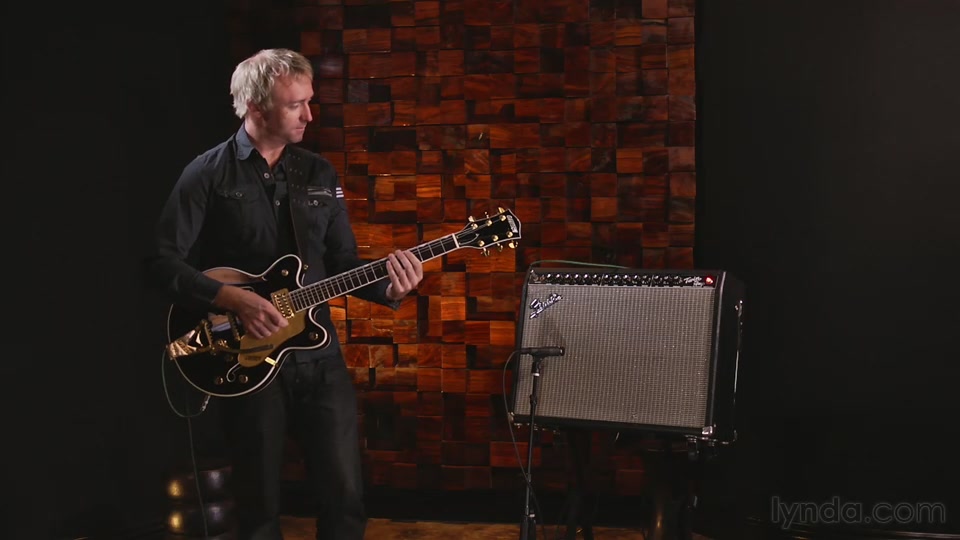
Hearing space in the mix 6m 33s
Timbre and texture 3m 36s
Shaping tone and timbre with reverb 5m 49s
Creating contrasting sounds for your tracks 4m 43s
Using nonlinear reverb to help a track cut through 4m 25s
Emphasizing the reverb using predelay 3m 24s
Strategically blurring and obscuring tracks 1m 46s
Get in the Mix: Changing the scene by changing reverb UPDATED 7m 37s
Get in the Mix: Gating reverb to emphasize any track in your production UPDATED 5m 52s
Reversing reverb to highlight musical moments 9m 36s
Synthesizing new sounds through reverb 6m 42s
Get in the Mix: Supporting a track with regenerative reverb UPDATED 6m 31s
Getting the most out of room tracks 17m 39s
5. Advanced Reverb Topics 11m 32s
Setting up your own reverb chamber: The architecture 2m 2s
Setting up your own reverb chamber: The audio 4m 8s
Using convolution correctly 2m 32s
Getting great impluse response 2m 50s
6. Conclusion 1m 29s
Next steps 1m 29s
Download uploaded
http://uploaded.net/file/mfweug79/Lynda.com.Foundations.of.Audio.Reverb.UPDATE.part01.rar
http://uploaded.net/file/uaepf112/Lynda.com.Foundations.of.Audio.Reverb.UPDATE.part02.rar
http://uploaded.net/file/r0slfsne/Lynda.com.Foundations.of.Audio.Reverb.UPDATE.part03.rar
http://uploaded.net/file/mc4q2a3r/Lynda.com.Foundations.of.Audio.Reverb.UPDATE.part04.rar
http://uploaded.net/file/pcg6pvdq/Lynda.com.Foundations.of.Audio.Reverb.UPDATE.part05.rar
http://uploaded.net/file/e1f5qzyi/Lynda.com.Foundations.of.Audio.Reverb.UPDATE.part06.rar
http://uploaded.net/file/dxjcmjq9/Lynda.com.Foundations.of.Audio.Reverb.UPDATE.part07.rar
http://uploaded.net/file/030ngd9m/Lynda.com.Foundations.of.Audio.Reverb.UPDATE.part08.rar
http://uploaded.net/file/iqytf4ou/Lynda.com.Foundations.of.Audio.Reverb.UPDATE.part09.rar
http://uploaded.net/file/f4zn2kof/Lynda.com.Foundations.of.Audio.Reverb.UPDATE.part10.rar
http://uploaded.net/file/ojhv1m8e/Lynda.com.Foundations.of.Audio.Reverb.UPDATE.part11.rar
http://uploaded.net/file/u3kk9e94/Lynda.com.Foundations.of.Audio.Reverb.UPDATE.part12.rar
Download rapidgator
http://rg.to/file/c3acaa5a61dbbf37adbf442c2031688b/Lynda.com.Foundations.of.Audio.Reverb.UPDATE.part01.rar.html
http://rg.to/file/a1795082f5ceccec809830953c6553b9/Lynda.com.Foundations.of.Audio.Reverb.UPDATE.part02.rar.html
http://rg.to/file/29c22598029be81659aea183073e9f99/Lynda.com.Foundations.of.Audio.Reverb.UPDATE.part03.rar.html
http://rg.to/file/d622ac32add5f827320c682eebd28033/Lynda.com.Foundations.of.Audio.Reverb.UPDATE.part04.rar.html
http://rg.to/file/cb68a453b676121561fe6286002ddf37/Lynda.com.Foundations.of.Audio.Reverb.UPDATE.part05.rar.html
http://rg.to/file/b553e44156601fbeb7f38725bee0ca17/Lynda.com.Foundations.of.Audio.Reverb.UPDATE.part06.rar.html
http://rg.to/file/c32963c17968aeb4eaa3d02f61d11df0/Lynda.com.Foundations.of.Audio.Reverb.UPDATE.part07.rar.html
http://rg.to/file/068d9737bf07293ad0078be98ba0737e/Lynda.com.Foundations.of.Audio.Reverb.UPDATE.part08.rar.html
http://rg.to/file/16f9682c77b43f9740e2fbccdaa132c6/Lynda.com.Foundations.of.Audio.Reverb.UPDATE.part09.rar.html
http://rg.to/file/3e43cdb6208f489b6808811e16a1e0da/Lynda.com.Foundations.of.Audio.Reverb.UPDATE.part10.rar.html
http://rg.to/file/d1371fdba2bc4ca72eecea6161bf5cf1/Lynda.com.Foundations.of.Audio.Reverb.UPDATE.part11.rar.html
http://rg.to/file/803c42fce8249342fdb40d0d224d2752/Lynda.com.Foundations.of.Audio.Reverb.UPDATE.part12.rar.html
Download 百度云
你是VIP 1个月(1 month)赞助会员,



